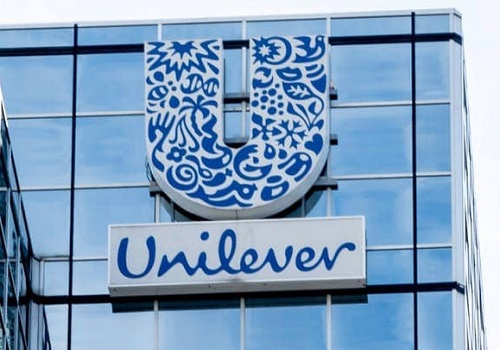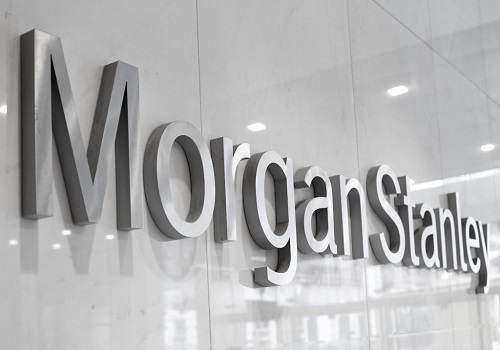IPM pulse - still a bit sluggish by Kotak Institutional Equities

IPM pulse—still a bit sluggish
After demonstrating an 8.2% yoy growth in 9MFY24, IPM growth was not materially different at 7.9% yoy in January 2024. MAT growth for IPM in January 2024 stood at 10.1% yoy. Buoyed by improved field-force productivity across most companies, price hikes, new launches and higher sales from other channels, we continue to bake in an 10-13% organic domestic sales growth in FY2024E for our coverage, except for DRRD, where we bake in a 2% yoy decline. Even as a continued benign US generics pricing environment stays a respite, a sustained momentum in domestic sales is critical to drive overall growth for our formulations coverage. Sun, Cipla and Mankind are our preferred picks in the pharma sector.
Ipca, Sanofi growth leaders; Pfizer, GSK, Alembic lag in January 2024
Following a rather subpar 8.2% yoy growth in 9MFY24, IPM growth in January 2024 at 7.9% yoy continued to lag. While chronic therapies grew at 11% yoy, acute therapies grew only at 6% yoy during the month. Bulk of the IPM growth in January 2024 was largely driven by therapies such as immunomodulators, hepatoprotectives, antivirals, cardiac and urology. We note that while chronic growth has recovered from single digits over the past couple of months, the acute slowdown phenomenon is yet to be completely addressed. During the month, domestic companies grew 8% yoy compared to 7% yoy growth for MNC companies. Including unlisted companies, growth leaders in January 2024 were Ipca, Sanofi, Intas, JB, Intas, Ajanta, Abbott, Cipla, Eris, Mankind and Sun, which posted growth in the 9-14% yoy range. Key underperformers were Pfizer and Micro Labs, which posted 0-3% yoy decline. Apart from these, GSK, Alembic, Indoco, Aristo, Zydus and Alkem also posted muted growth of 0-6% yoy in January 2024.
Recent market share trends: Cipla, Mankind top gainers; Alkem, Ipca top losers
IPM growth of 10.1% yoy in MAT January 2024 (on a base of 5.9% yoy) was reasonably well distributed with 410 bps yoy contribution from higher pricing, 310 bps yoy from volumes, and 290 bps yoy from new launches. On a five-year basis, we note IPM has reported a 9.7% CAGR in January 2024. Among the top 25 companies, Cipla, Mankind, Intas, Sun, Alembic, Pfizer, Lupin and Zydus have gained maximum share over the past six months. On the other hand, Alkem, Ipca, Aristo, GSK, Micro Labs, and JB have lost maximum share in the past six months.
Risk of further acceleration in generics adoption not adequately baked in
Factoring in the volume impact from the trade generics and Jan Aushadhi channels, we estimate a 70-110 bps annual dent on branded IPM growth at least until FY2028E. With Jan Aushadhi’s rapid expansion, there is a risk of this hit on IPM swelling further. As seen earlier and more recently with NMC, the government is keen on pushing generics. Currently, most domestic businesses are trading at an implied valuation of >35X FY2025E EPS for acute-heavy companies and >40X FY2025E EPS for chronic-heavy companies. We note that current valuations imply the ongoing steady decline in the share of branded generics will continue and do not factor in any further growth deceleration over the next few years. If the share of branded slips faster, there is scope for derating. Yet, as highlighted in our recent reports, a forced change might be ineffective, unless the quality conundrum is addressed.
_14.02.2024.jpg)
Above views are of the author and not of the website kindly read disclaimer























